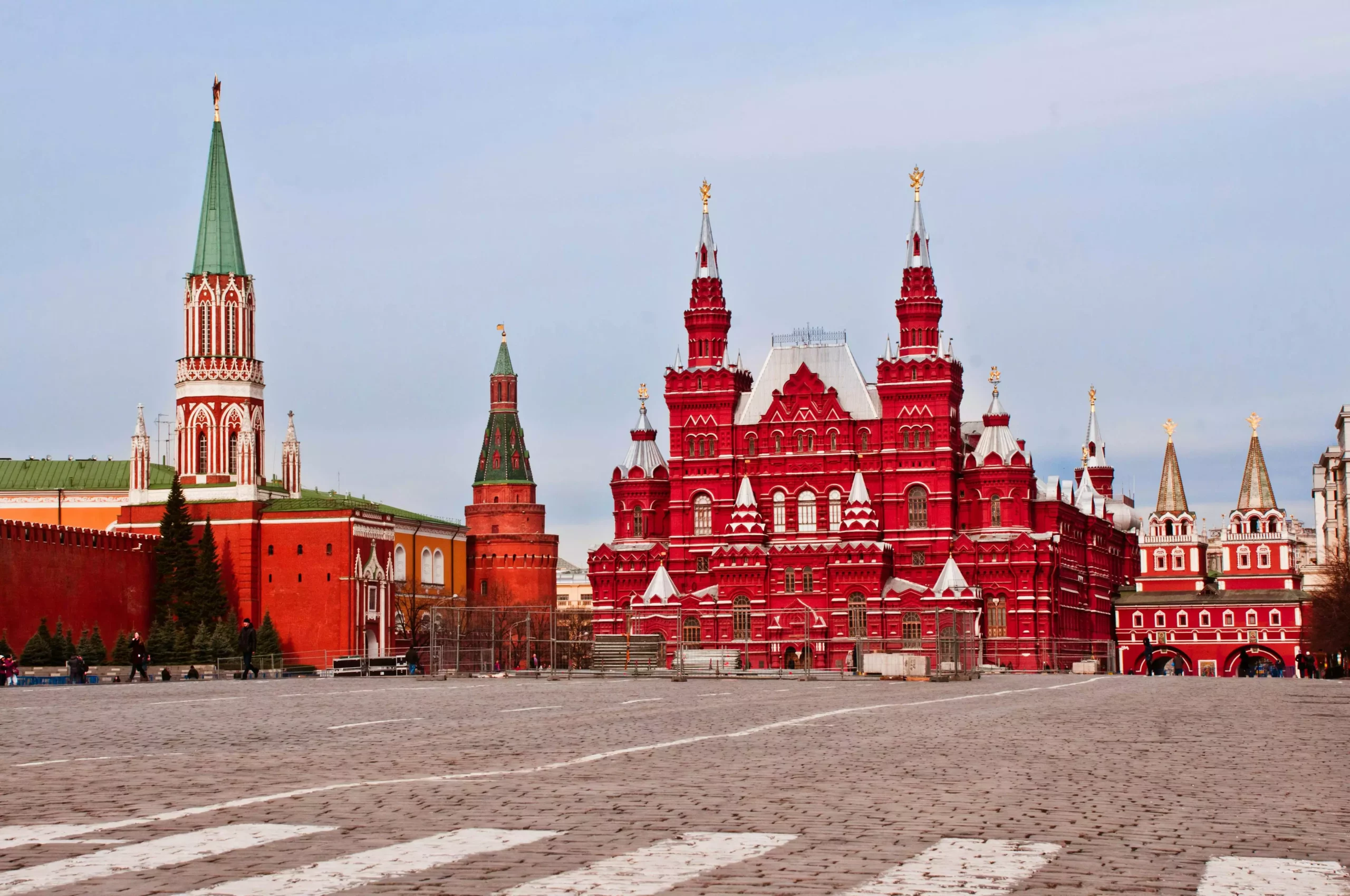In a bold, albeit cautious, step into the world of cryptocurrencies, Russia’s Moscow Exchange has initiated the launch of Bitcoin futures contracts—an unprecedented strategy that signals a significant shift in the nation’s stance towards digital currencies. While the move is commendable, the myriad layers of restrictions and limitations suggest a careful dance rather than a full embrace of the crypto revolution. This development is not just about cryptocurrencies; it offers a crucial insight into the regulation of digital finance in a nation that has historically treaded with caution in matters of fiscal innovation.
Despite the central bank’s ongoing apprehension about direct cryptocurrency trading, the introduction of Bitcoin futures provides a controlled avenue for investment within Russia’s financial ecosystem. Allowing only qualified investors and major financial institutions to participate also reflects a broader strategy aimed at maintaining economic stability while dipping its toes into the volatile waters of cryptocurrency. This selective participation poses the question: is Russia truly ready to embrace the future of finance, or is it merely playing catch-up?
Qualified Access: A Double-Edged Sword
One of the most contentious aspects of this new financial product is its restricted access. Only selected investors—large banks, funds, and approved financial entities—are allowed to partake in these contracts. Ordinary traders remain sidelined, akin to children peering through a glass window at a party they are not invited to. This exclusion raises discussions about wealth inequality and financial literacy among the general populace, striking a nerve particularly in the age of democratized access to information and financial tools.
While the rationale behind limiting access is understandable, given the potential risks associated with cryptocurrency volatility, it places a considerable burden on the average investor, who is eager to explore this financial frontier. Moreover, the argument could be made that the Russian populace should be given the opportunity to learn and grow alongside institutional investors. Is it fair that systemic limitations prevent significant portions of the population from exploring potentially lucrative investments?
Currency Control: A Calculated Strategy
The unique structure of these contracts—priced in U.S. dollars but settled in Russian rubles—offers a fascinating blend of global cryptocurrency dynamics with local economic protectionism. This strategic setup allows traders to engage with Bitcoin’s price fluctuations without directly relying on foreign exchanges. Moscow’s measured approach might be pragmatic in shielding the economy from shockwaves exerted by international market volatility. However, the maneuver raises critical questions about long-term sustainability and the direction of Russia’s isolating economic policies.
By keeping investment grounded in rubles, the government strives to contain the economic ripple effects of cryptocurrency trading. Yet, this begs the inquiry: is this risk management effective or merely a way to procrastinate on integrating fully into the global cryptocurrency marketplace? While attempting to balance between local economic interests and global engagement, the question remains whether this strategy ultimately undermines the very potential that cryptocurrencies have to offer.
A Signal For Future Financial Products
The cautious optimism stemming from the launch of Bitcoin futures could pave the way for more comprehensive financial products tied to cryptocurrencies. Sberbank’s ongoing development of crypto-based structured bonds is a telling indicator of a growing appetite for digital financial instruments. However, the continuing insistence on limited access stifles innovation in the space and creates a barrier to entry that could slow growth for Russia’s budding digital economy.
As financial technologies continue to evolve, Russia’s financial institutions must prepare for a future where agility, adaptability, and access are paramount. The cautious steps taken thus far may provide a temporary safety net, but that safety might ultimately hinder potential economic growth and innovation in what is an ever-accelerating digital landscape.
The introduction of Bitcoin futures by the Moscow Exchange marks a pivotal moment for Russia’s financial landscape, but it is also steeped in contradictions and cautious optimism. While institutional engagement in cryptocurrency can lead to protected investments and potential growth, the exclusion of ordinary investors and the convoluted administrative framework complicate the trajectory of this initiative. As Russia navigates its position in the global cryptocurrency market, it remains to be seen whether it can truly harness the benefits of this financial revolution while maintaining the integrity of its financial system.















Leave a Reply